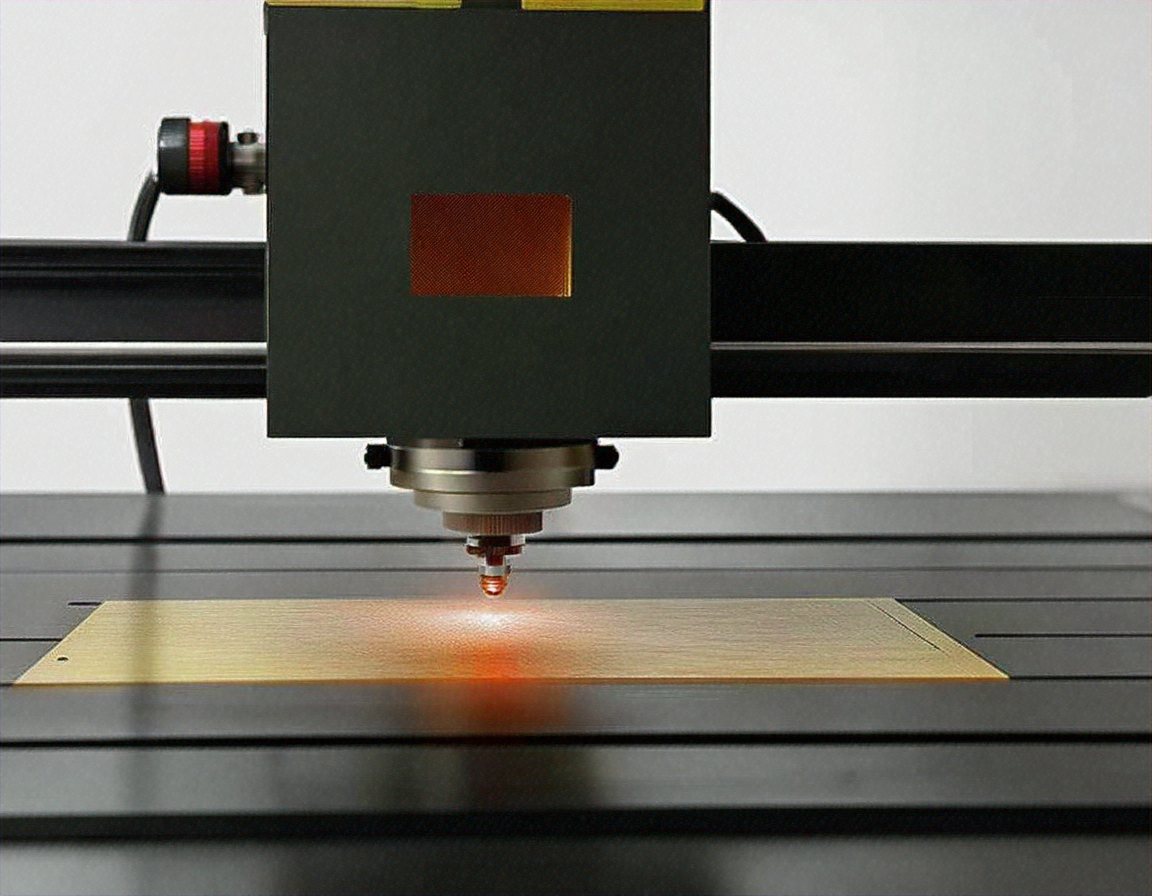Credit Card Processing Explained: The Different Kinds, Approval Time Comparison And More
Understanding how credit card processing works can help you make smarter financial decisions. From the moment you swipe or tap your card to the final approval, multiple steps occur behind the scenes. This article breaks down the different processing methods, compares approval times, and explains what happens during each stage of a credit card transaction.

Credit card processing involves a complex network of financial institutions, payment processors, and security protocols working together to complete transactions in seconds. Whether you’re shopping online, tapping your card at a store, or inserting a chip, the underlying processes vary significantly. Understanding these differences can help consumers and businesses alike navigate the payment landscape more effectively.
What Are the Different Credit Card Processing Methods?
Credit card transactions can be processed through several distinct methods, each with unique characteristics. The most common approaches include card-present transactions, where the physical card is used at a point of sale terminal, and card-not-present transactions, typically used for online or phone purchases. Card-present methods have evolved from magnetic stripe reading to chip-and-PIN technology, which offers enhanced security through EMV (Europay, Mastercard, and Visa) standards. Contactless payments using Near Field Communication (NFC) technology have also gained popularity, allowing customers to tap their cards or mobile devices for quick authorization. Card-not-present transactions rely on manual entry of card details and often require additional verification steps like CVV codes or address verification systems to prevent fraud. Mobile wallet processing, which uses tokenization to secure card information, represents another growing method that bridges physical and digital payment experiences.
How Does the Credit Card Approval Process Work?
The approval process explained involves multiple parties communicating in milliseconds to verify and authorize transactions. When a customer initiates a payment, the merchant’s payment terminal or gateway sends the transaction details to their acquiring bank or payment processor. This information is then routed through the card network (Visa, Mastercard, American Express, or Discover) to the issuing bank that provided the card to the customer. The issuing bank performs several checks: verifying the account is active, confirming sufficient credit or funds are available, checking for fraud indicators, and ensuring the transaction details match security parameters. If all checks pass, the issuing bank sends an approval code back through the network to the merchant, typically within two to three seconds. The merchant receives confirmation and completes the sale. Behind this rapid exchange, sophisticated algorithms analyze spending patterns, location data, and transaction characteristics to detect potentially fraudulent activity in real time.
What Factors Influence Approval Time Comparison?
Approval time comparison reveals that several variables affect how quickly transactions are authorized. The processing method plays a significant role, with chip-and-PIN transactions generally taking slightly longer (five to ten seconds) than contactless tap payments (one to three seconds) due to the additional encryption steps involved. Magnetic stripe transactions typically fall somewhere in between. Network connectivity significantly impacts speed, as poor internet or cellular connections can delay communication between parties. International transactions often take longer to process because they require currency conversion and additional fraud screening across borders. The issuing bank’s infrastructure and fraud detection systems also influence timing, with some institutions employing more rigorous verification protocols that add processing time. Peak transaction periods, such as holiday shopping seasons, can strain networks and slow approval times. Card-not-present transactions may experience longer delays when additional authentication steps like 3D Secure verification are required, adding anywhere from five to thirty seconds to the process.
How Do Processing Fees Compare Across Different Methods?
Processing costs vary depending on the transaction method, card type, and business model. Payment processors typically charge merchants a combination of percentage-based fees and fixed transaction fees. Card-present transactions generally incur lower fees because they carry less fraud risk, with typical rates ranging from 1.5% to 2.9% plus a fixed fee of $0.10 to $0.30 per transaction. Card-not-present transactions usually face higher rates, often between 2.3% and 3.5% plus similar fixed fees, due to increased fraud exposure. Premium cards with rewards programs typically generate higher interchange fees that merchants must absorb.
| Processing Method | Typical Fee Range | Average Processing Time | Fraud Risk Level |
|---|---|---|---|
| Contactless (NFC) | 1.5% - 2.6% + $0.10 | 1-3 seconds | Low |
| Chip-and-PIN | 1.5% - 2.9% + $0.15 | 5-10 seconds | Very Low |
| Magnetic Stripe | 1.8% - 3.0% + $0.15 | 3-7 seconds | Medium |
| Online/Card-Not-Present | 2.3% - 3.5% + $0.20 | 2-5 seconds | High |
| Mobile Wallet | 1.5% - 2.9% + $0.10 | 2-4 seconds | Low |
Prices, rates, or cost estimates mentioned in this article are based on the latest available information but may change over time. Independent research is advised before making financial decisions.
What Security Measures Protect Credit Card Processing?
Security protocols have evolved substantially to protect both consumers and merchants from fraud. Tokenization replaces sensitive card information with unique identification symbols, ensuring actual card numbers are never stored on merchant systems or transmitted during mobile wallet transactions. End-to-end encryption scrambles data from the moment a card is read until it reaches the payment processor, preventing interception. EMV chip technology generates unique transaction codes that cannot be reused, making counterfeit card production extremely difficult. Address Verification Systems (AVS) and Card Verification Value (CVV) checks add layers of authentication for card-not-present transactions. Many issuing banks now employ artificial intelligence and machine learning algorithms that analyze transaction patterns in real time, flagging suspicious activity and sometimes requiring additional customer verification through text messages or app notifications. The Payment Card Industry Data Security Standard (PCI DSS) establishes comprehensive requirements that all entities handling card data must follow to maintain secure processing environments.




